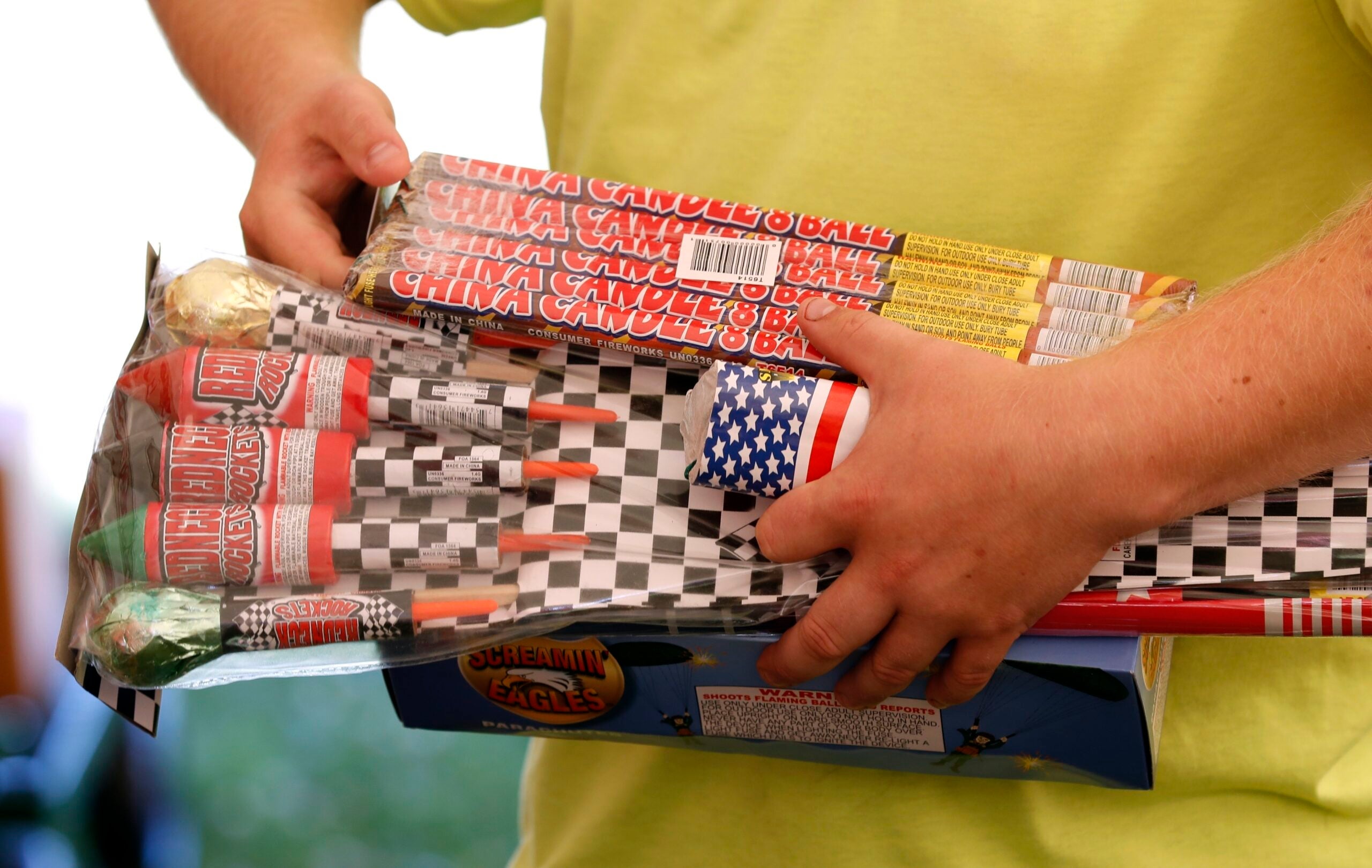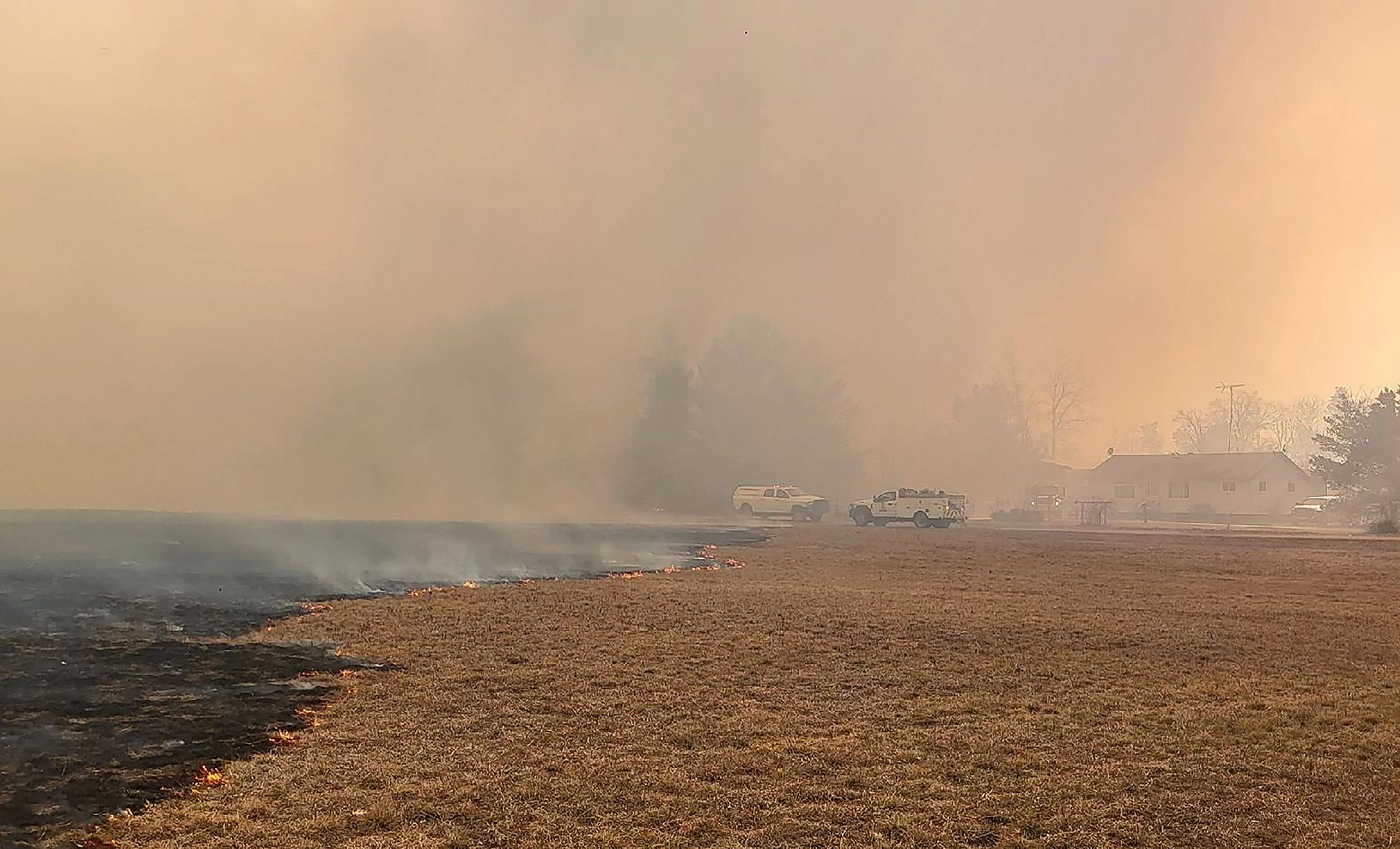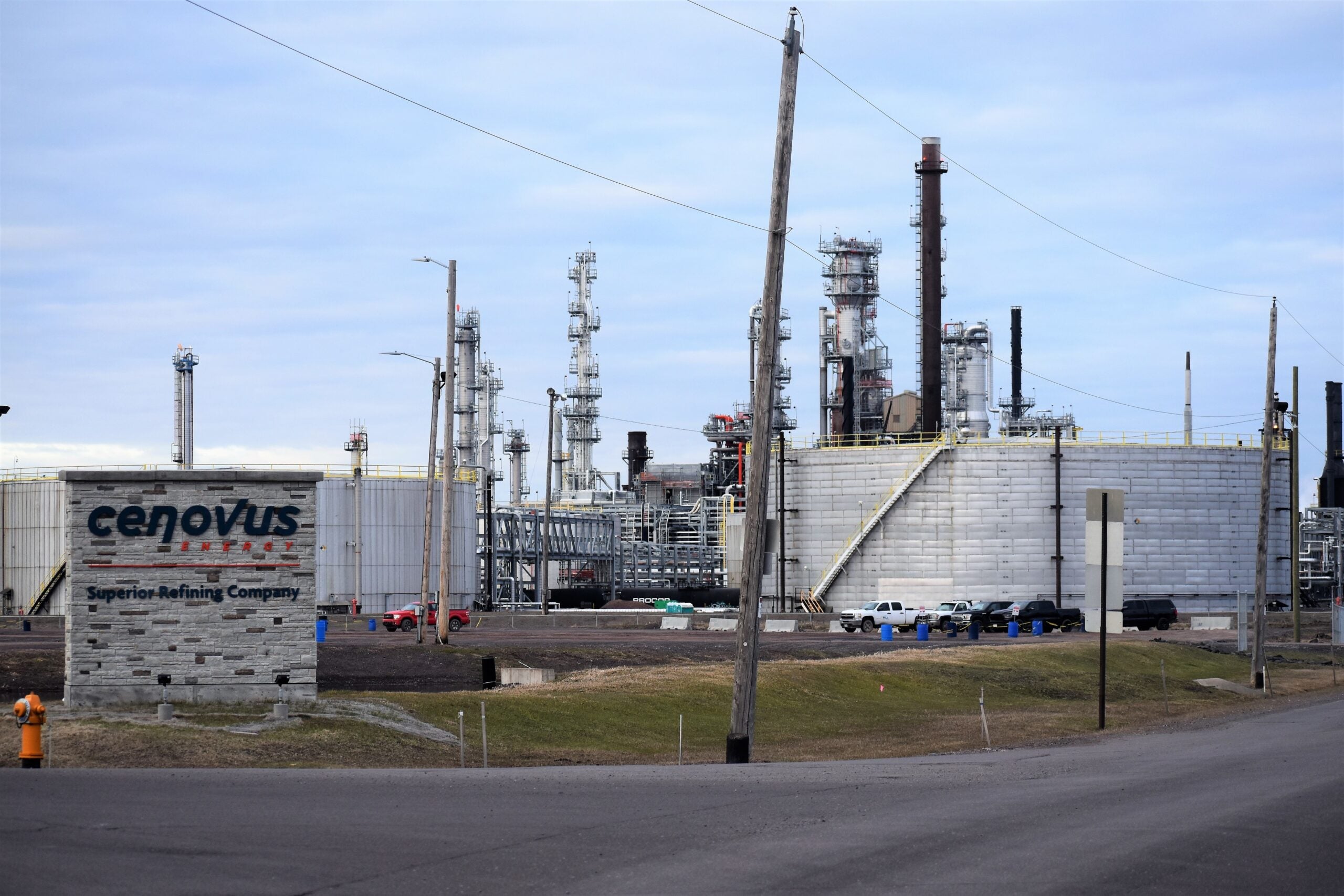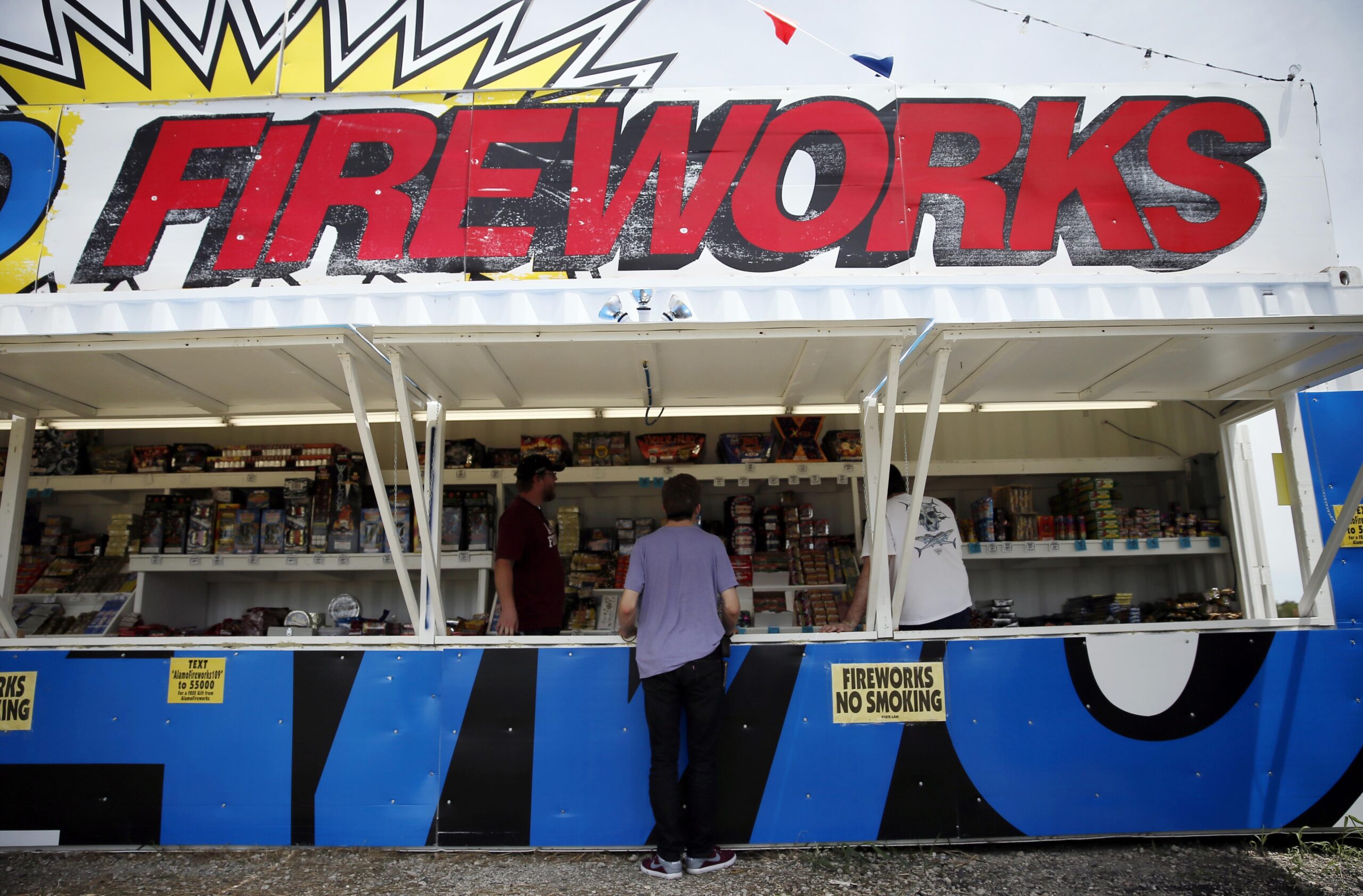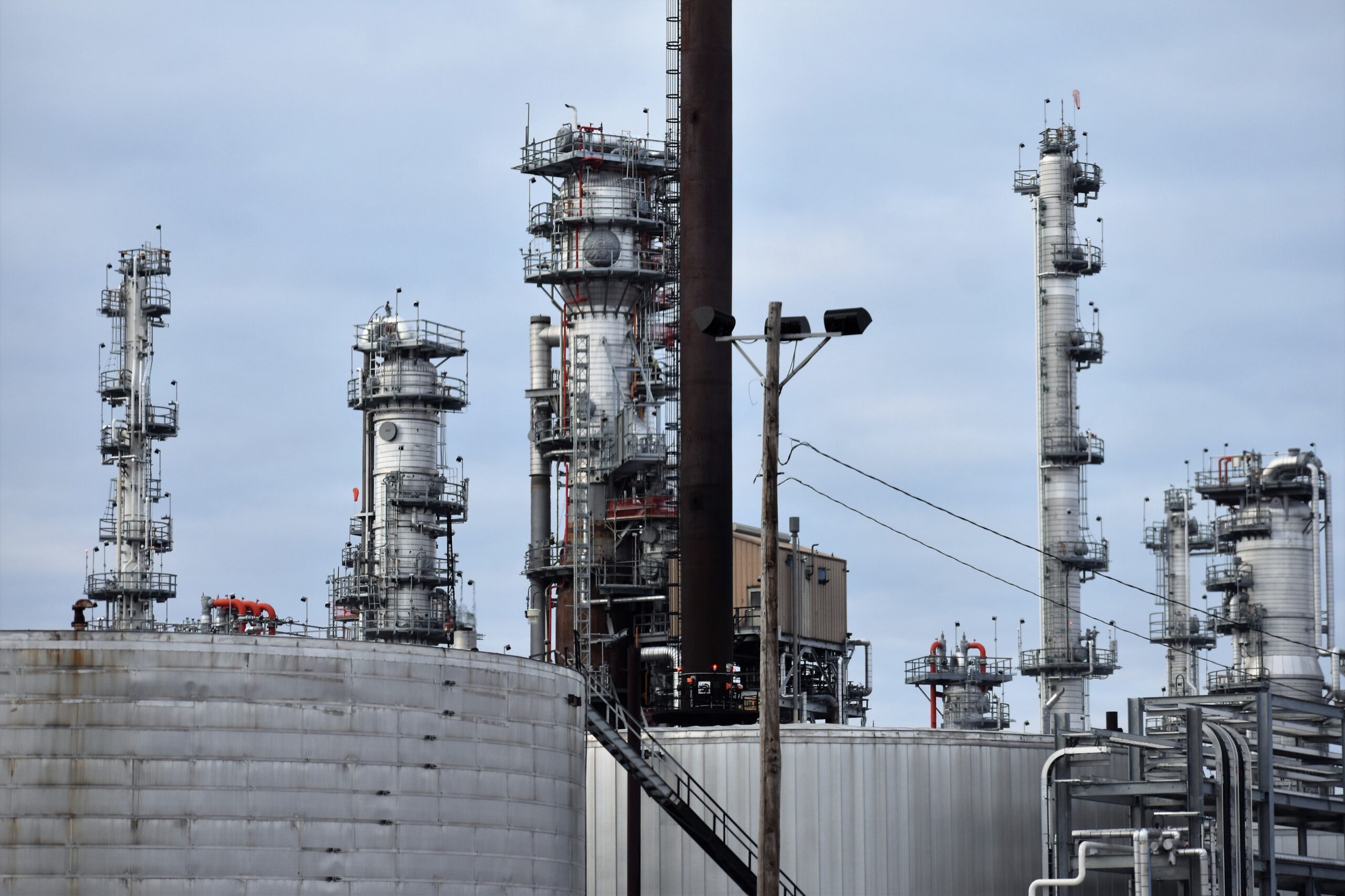Across the United States, 30,000 patients go to hospital burn centers every year, according to the American Burn Association. A Wisconsin man treated twice for severe fire injuries is warning others as they prepare for July Fourth fireworks, burn brush and enjoy backyard fire pits.
Scott Travis was only nine when a blaze started by fireworks left him with third degree burns on 67 percent of his body. A friend threw a firecracker onto a homecoming float in Platteville and Travis tried to put it out, so they wouldn’t get in trouble. He soon became trapped in flames and a passerby rescued him. Travis spent two and half months at UW Health’s Burn and Wound Center at University Hospital where he received skin grafts for his injuries.
“He probably saved my life,” said a grateful Travis of the passerby, who had to learn how to walk again because scar tissue had constricted the skin on his legs.
Stay informed on the latest news
Sign up for WPR’s email newsletter.
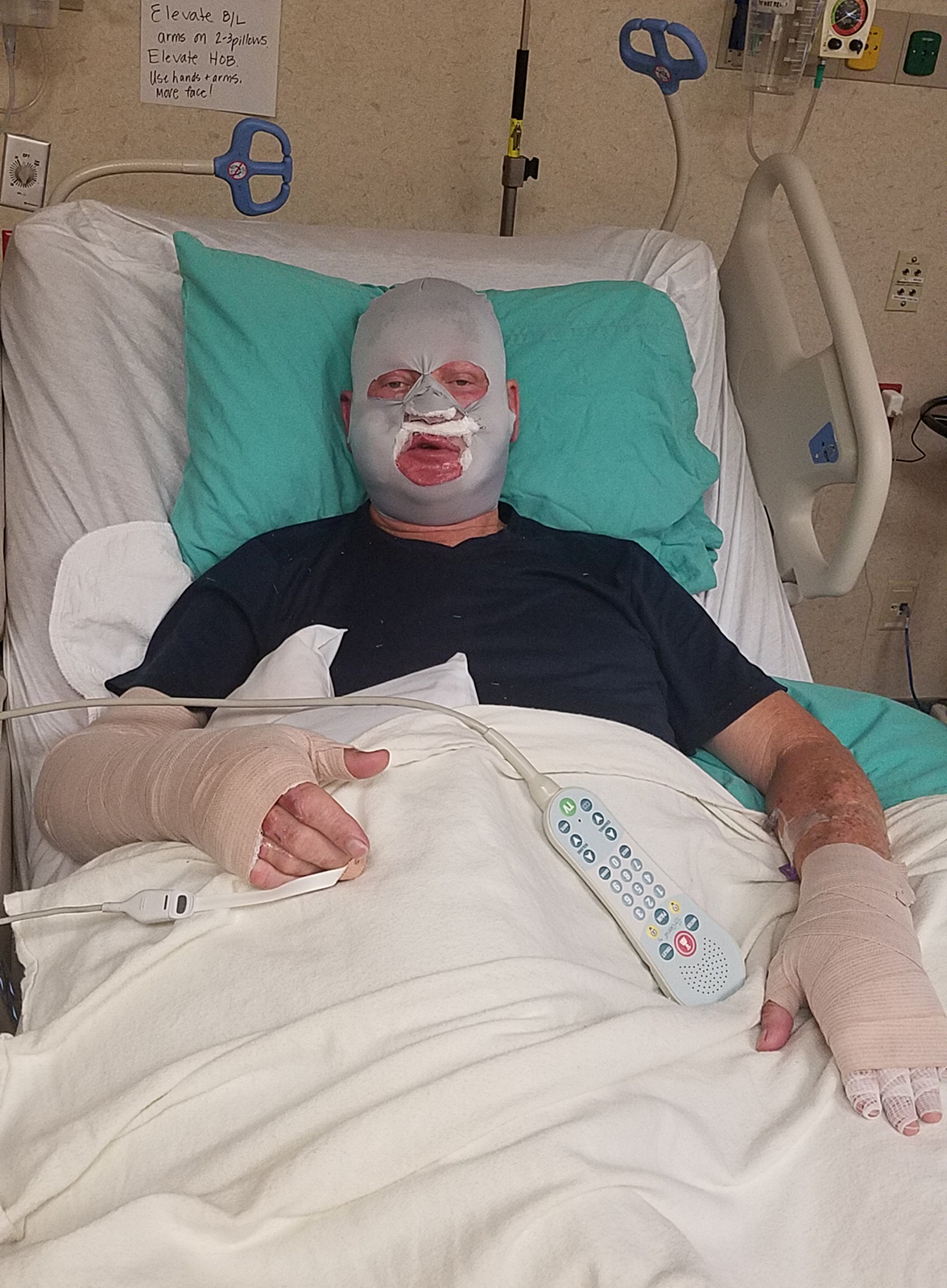
Years later while Travis was trying to light a large pile of brush on fire, the 65-year-old was caught in flames again. What he thought was only diesel fuel being used to ignite the pile actually had some gasoline in it as well. The gas vapors ignited and severely burned his hands, arms and face after he lit a match.
“I was immediately engulfed in flames, and I couldn’t believe or understand at the moment what was happening,” he recalled.
Every Fourth of July, firefighters are concerned about injuries from fireworks. But a burn surgeon at UW Hospital said many more people are hurt from more mundane activities.
“Honestly while that is a problem, it really is gas on bonfires or brush used to get the flames going. People don’t recognize how flammable gas is. And those are actually the injuries we see that are much more substantial and much higher volume than fireworks injuries,” said Dr. Angela Gibson.
Travis said he’s experienced at lighting fires to develop park areas and clear brush and never uses accelerants, but was unaware the diesel container he used was contaminated with gasoline.
“I’m very lucky to be here. It could have been a lot worse,” said Travis, who spent 20 days in UW’s burn unit for his second set of injuries.
Gibson has a few important tips for being safe around fire this summer:
- Never burn with gasoline, diesel or kerosene as they can have the same explosive power as dynamite.
- Only burn dry materials.
- Prior to fire ignition, remove any contents that could lead to explosion, like paint, aerosol cans or fireworks.
- Outdoor fires must be away from buildings, fences, overhead wires and trees.
- Do not light fires on windy days.
- Check burn bans with your local fire department.
- Keep children and pets away.
- If you are physically unable to move away quickly from a planned fire, reconsider burning or appoint someone who is more physically fit to complete the job.
- Have a bucket of water or garden hose at the ready.
- Put the fire completely out before leaving it, and never leave a fire unattended.
Wisconsin Public Radio, © Copyright 2024, Board of Regents of the University of Wisconsin System and Wisconsin Educational Communications Board.

